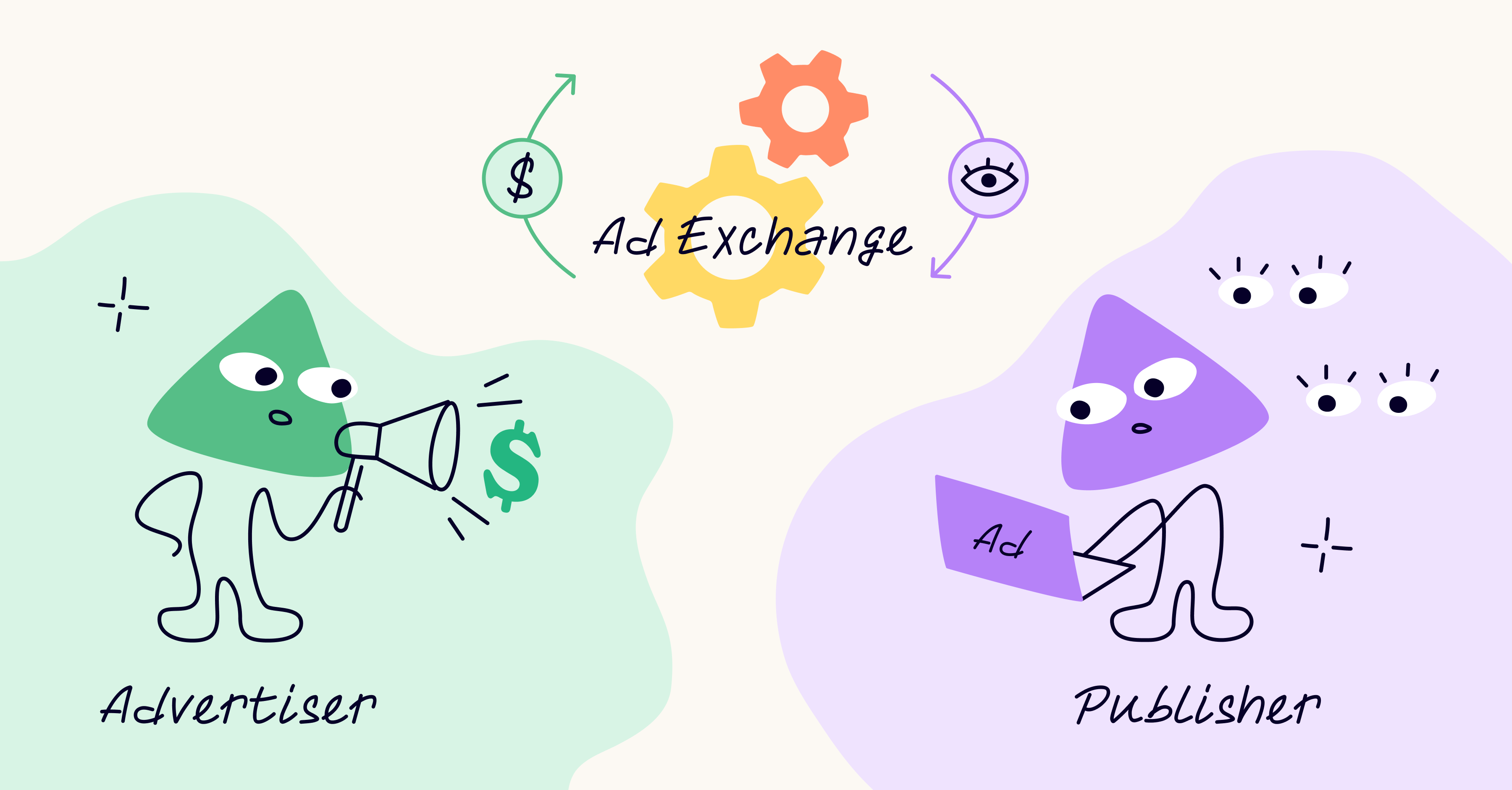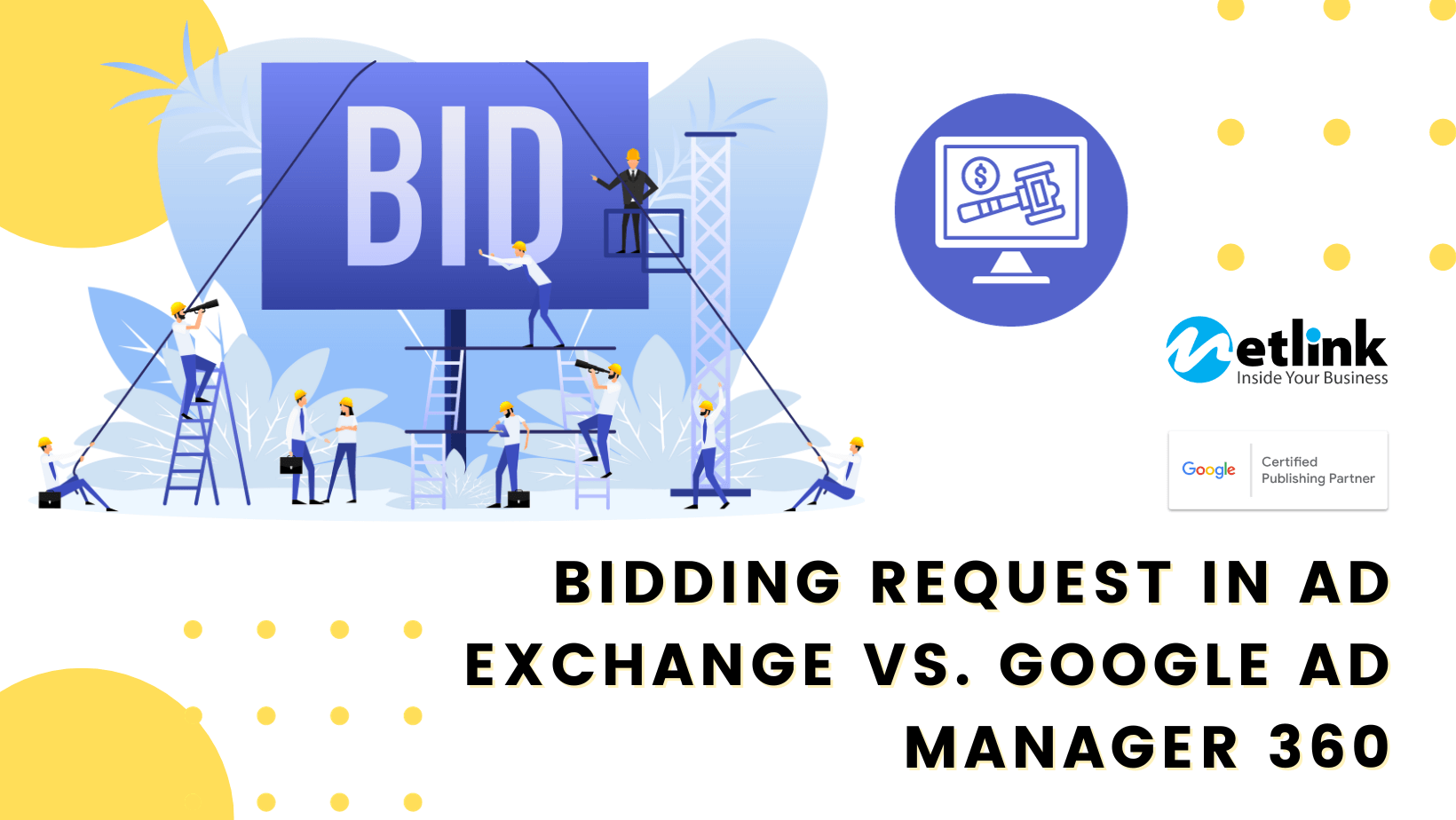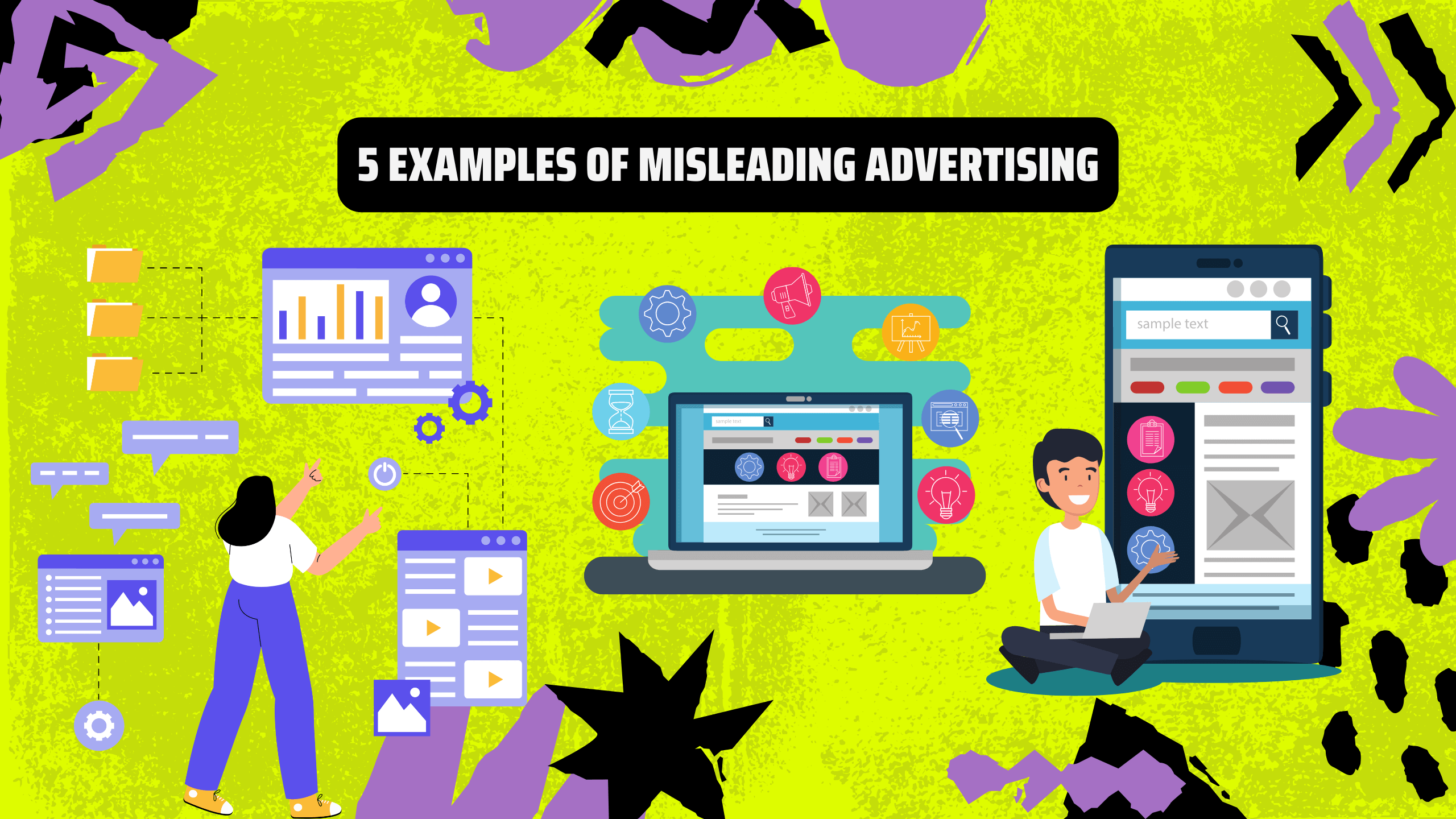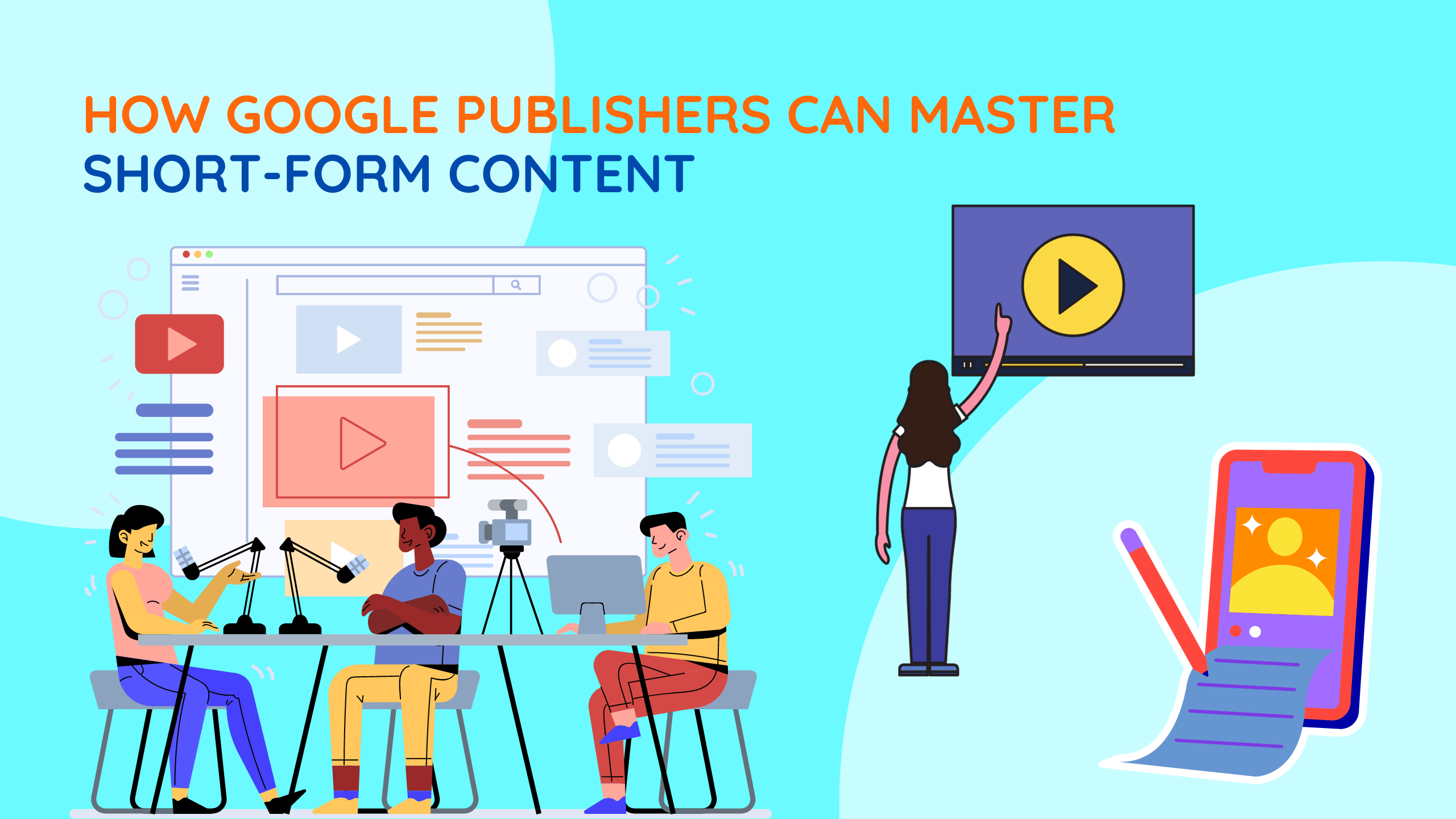This comprehensive guide aims to shed light on the nuances of bid requests, offering Google Publishers valuable insights into how these requests vary between ad exchanges and GAM 360. By the end of this exploration, you’ll have a clear understanding of the mechanics behind bid requests and be better equipped to make informed decisions to maximize your ad revenue.
I. Bid Requests in Ad Exchanges: Navigating the Open Marketplace
1. Real-Time Bidding (RTB):
Ad exchanges, particularly in the public or open marketplace, rely heavily on real-time bidding (RTB) for ad placements. When a user visits a publisher’s website or app, an ad request is sent to the ad exchange. In an instant, advertisers bid on this request, vying for the opportunity to display their ads to the user. This competitive auction process is lightning-fast, taking only milliseconds before the webpage or app loads.
2. Data-Driven Targeting:
Ad exchanges harness the power of data to ensure that ad impressions are highly relevant to users. Bid requests often include a wealth of information about the user, such as demographics, browsing history, and behaviour. Advertisers leverage this data to make informed bidding decisions, aiming to display ads that resonate with the user’s interests and preferences.
3. Open Competition:
In the open marketplace of ad exchanges, there is an open competition among a wide array of advertisers. This intense competition can lead to higher CPMs (cost per thousand impressions) and potentially better revenue outcomes for publishers.

II. Bid Requests in Google Ad Manager 360: The Managed Approach
1. Programmatic Direct:
Google Ad Manager 360 (GAM 360) offers a more controlled and managed approach to ad bidding. Publishers often use programmatic direct deals to negotiate fixed-price deals with advertisers for specific ad placements. In this scenario, bid requests are sent directly to advertisers with pre-agreed terms, such as a fixed CPM or guaranteed impressions.
2. Premium Direct Campaigns:
GAM 360 empowers publishers to manage premium direct campaigns, where they have a direct relationship with advertisers. In this context, bid requests are tailored to specific advertisers, focusing on delivering premium ad placements according to the campaign’s objectives.
3. Reservation-Based:
Unlike the open competition of ad exchanges, GAM 360’s approach is more reservation-based. Publishers and advertisers negotiate deals and reserve ad space, reducing the real-time competition seen in ad exchanges.

III. Understanding the Differences
Now that we’ve explored bid requests in both ad exchanges and GAM 360, let’s dissect the key differences:
1. Control vs. Open Competition: GAM 360 offers publishers more control over ad pricing and quality through negotiated deals, while ad exchanges involve open competition, potentially leading to higher CPMs.
2. Data Usage: Ad exchanges rely heavily on user data for targeting, whereas GAM 360 allows publishers to choose the level of data sharing, providing more control over user privacy.
3. Speed: Ad exchanges operate in real-time, with bid requests processed in milliseconds, ensuring quick ad delivery. GAM 360’s managed approach may involve longer lead times due to negotiations and reservations.
4. Premium Campaigns: GAM 360 enables publishers to focus on premium direct campaigns, ensuring high-value ad placements and relationships with advertisers.
IV. Making Informed Decisions
Understanding the nuances of bid requests in ad exchanges and GAM 360 allows Google Publishers to make informed decisions to optimize ad revenue. Whether you prefer the open competition and data-driven targeting of ad exchanges or the managed approach and premium campaigns offered by GAM 360, your bidding strategy should align with your revenue goals, user experience priorities, and advertiser relationships.
In the dynamic world of digital advertising, the choices you make regarding bid requests can significantly impact your bottom line. By leveraging these insights, you’ll be better prepared to navigate the complexities of ad bidding and drive success in your digital publishing endeavours.











